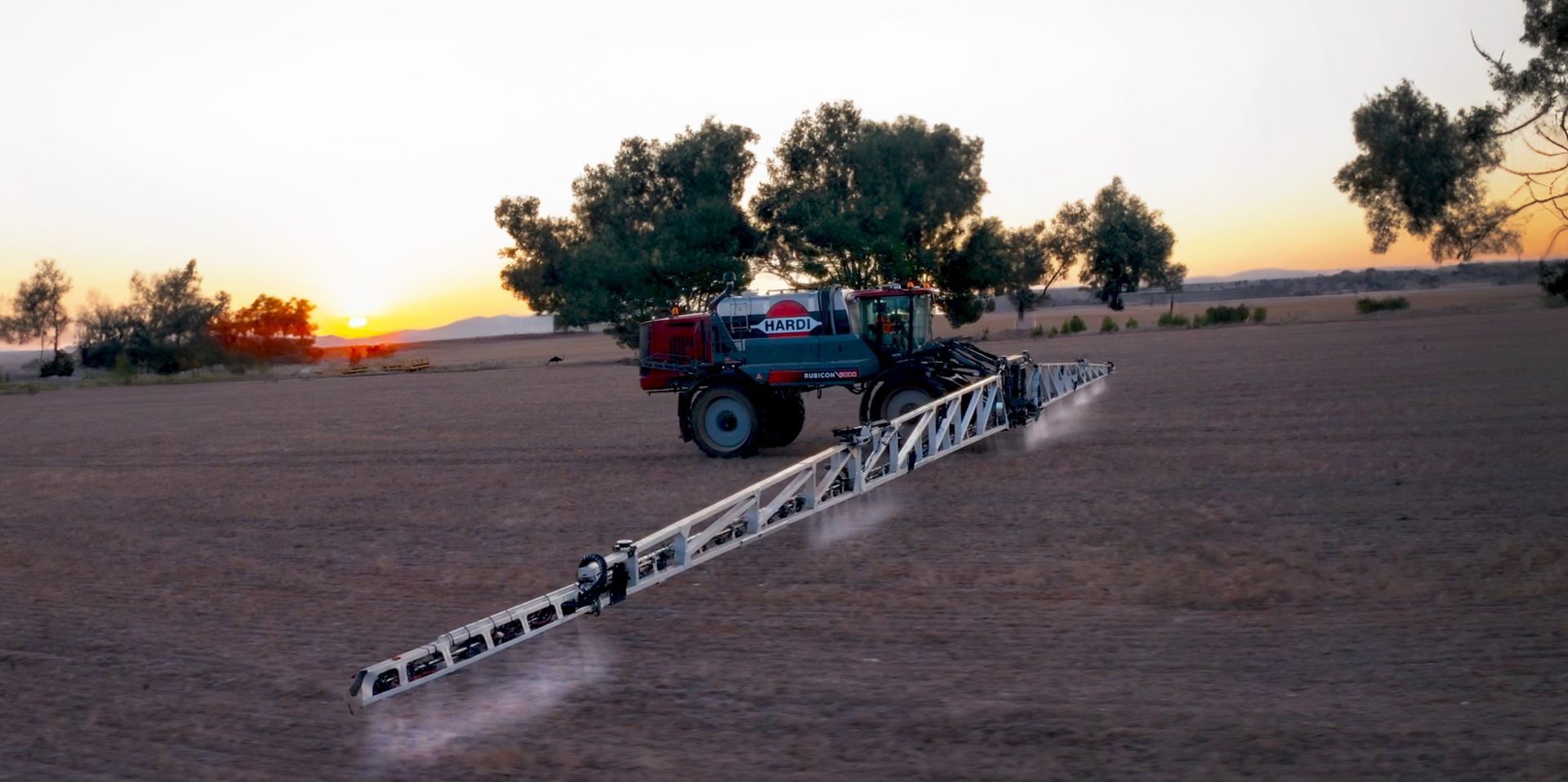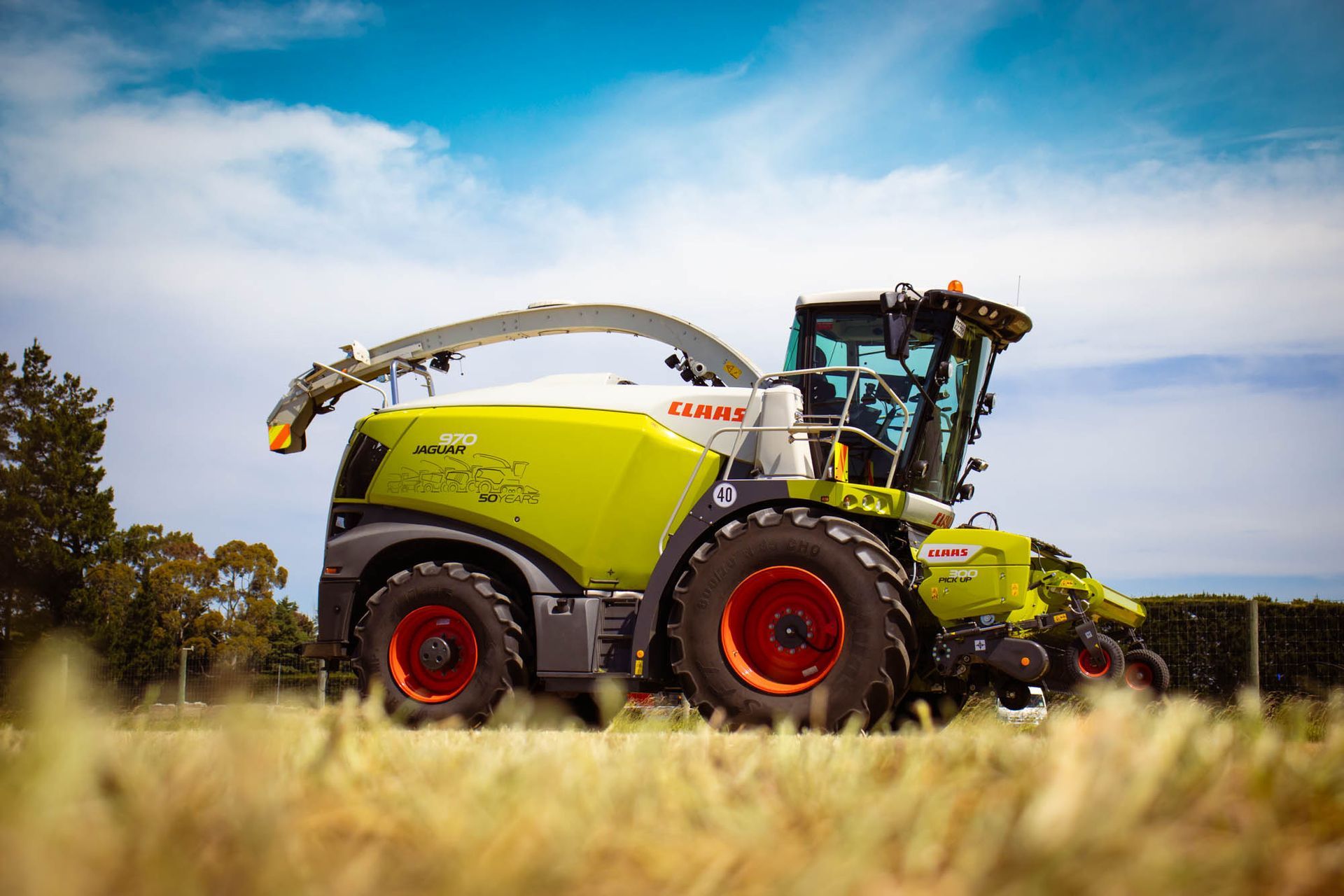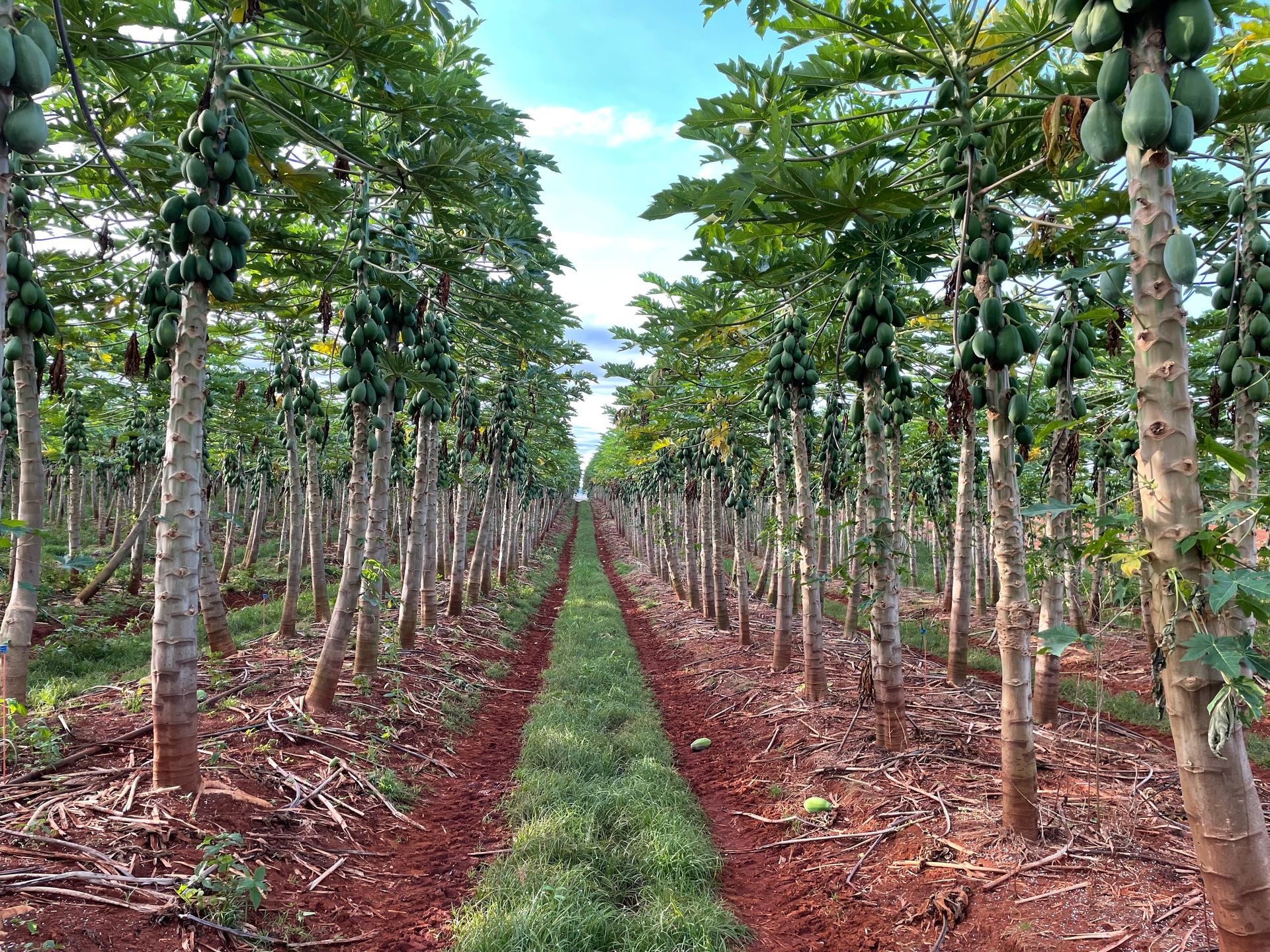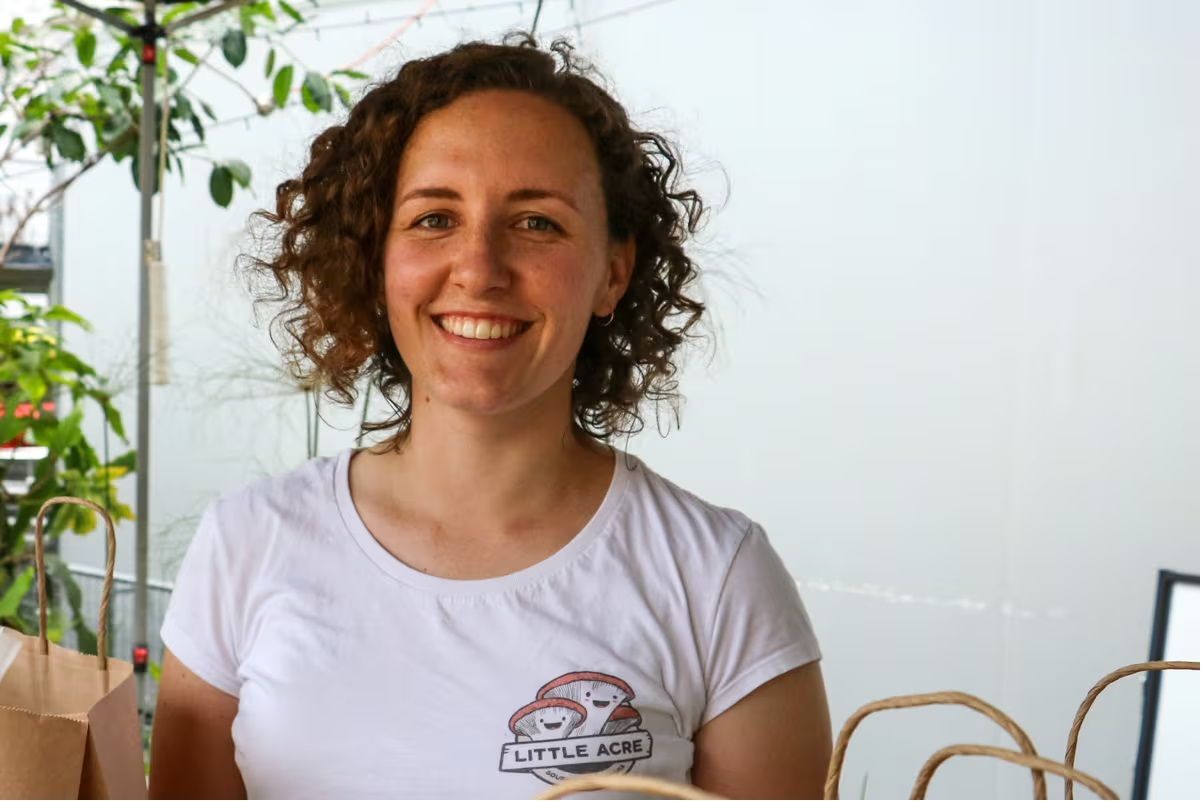OTR Australia duals keeping farmers working through the wet
Farmers contending with wet harvests are turning to OTR Australia’s dual kit system for a simple, efficient and cost-effective solution.
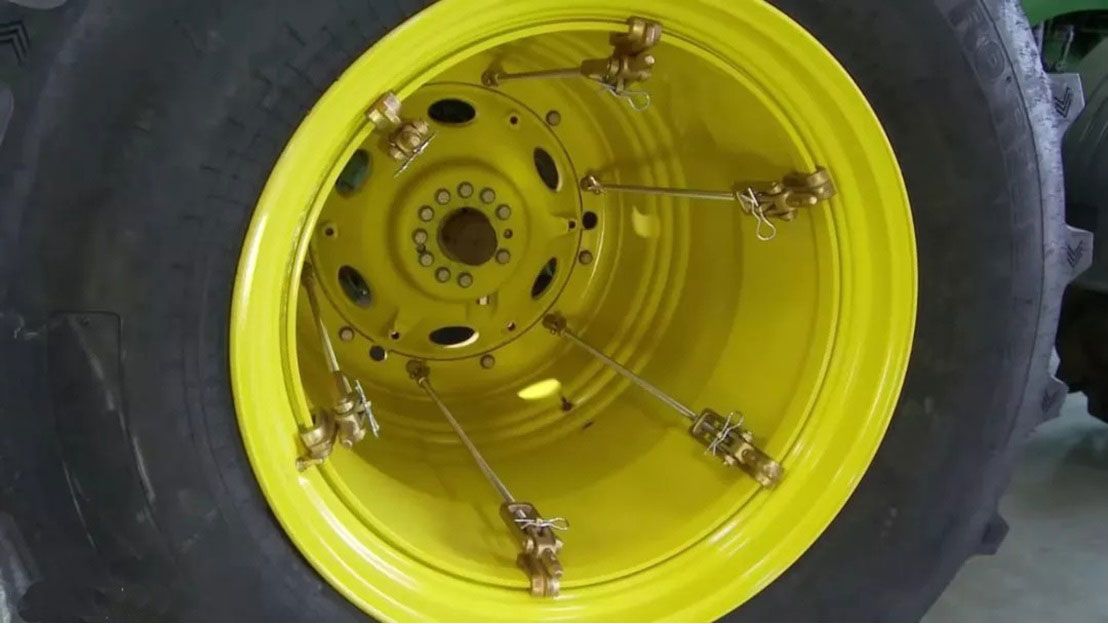
With unprecedented rains across Australia in recent years, many farmers have had to contend with a very wet harvest.
But they haven’t had to face this challenge alone - OTR Australia and their dual kit set-up have been there to help them through.
A dual kit system involves mounting two tyres on a single axle, typically a standard radial tyre on the inner wheel and a larger, wider tyre on the outer wheel.
By opting to fit a dual kit on their existing tractor setup, farmers gain extra traction and floatation, helping them increase their pulling power.
Increased tyre surface area also helps reduce ground compaction and makes it possible to get through those wet areas.
Daryl Hynoski, National Product Manager and Business Development Manager Agriculture for OTR Australia, says installation is fast and easy.
“There is no need to replace your tractor wheels or make expensive modifications,” he says.
“Simply fitting eye nuts to existing rim bolts to give anchorage for clamps is all that is required.”
OTR Australia’s dual kit system includes a Power Rail that continuously welded around the total circumference of the rim, giving full circle reinforcement against any side or torsional thrust. The Taper Fit Spacer Band fits accurately against the tapered bead set of the rim, ensuring even load distribution.
Clamps are drop forged from high quality steel ensuring trouble-free operations on larger tractors.
Wherever there is an eye nut on the tractor wheel, you simply fit a clamp to the Power Rail and lock the clamp with the lever supplied.
The fast fitting and removal of duals is especially handy for tractors entering narrow gateways and workshops.
The simplicity of the OTR dual system means it is economically priced and represents exceptional value for money.
“OTR’s clip-on dual kit is the option for budget-minded farmers. Running the same tyre size as OE fitment for potential spares, kits also have adaptability to go on any machine make running the same size tyre,” Daryl says.
Website: www.otraustralia.com
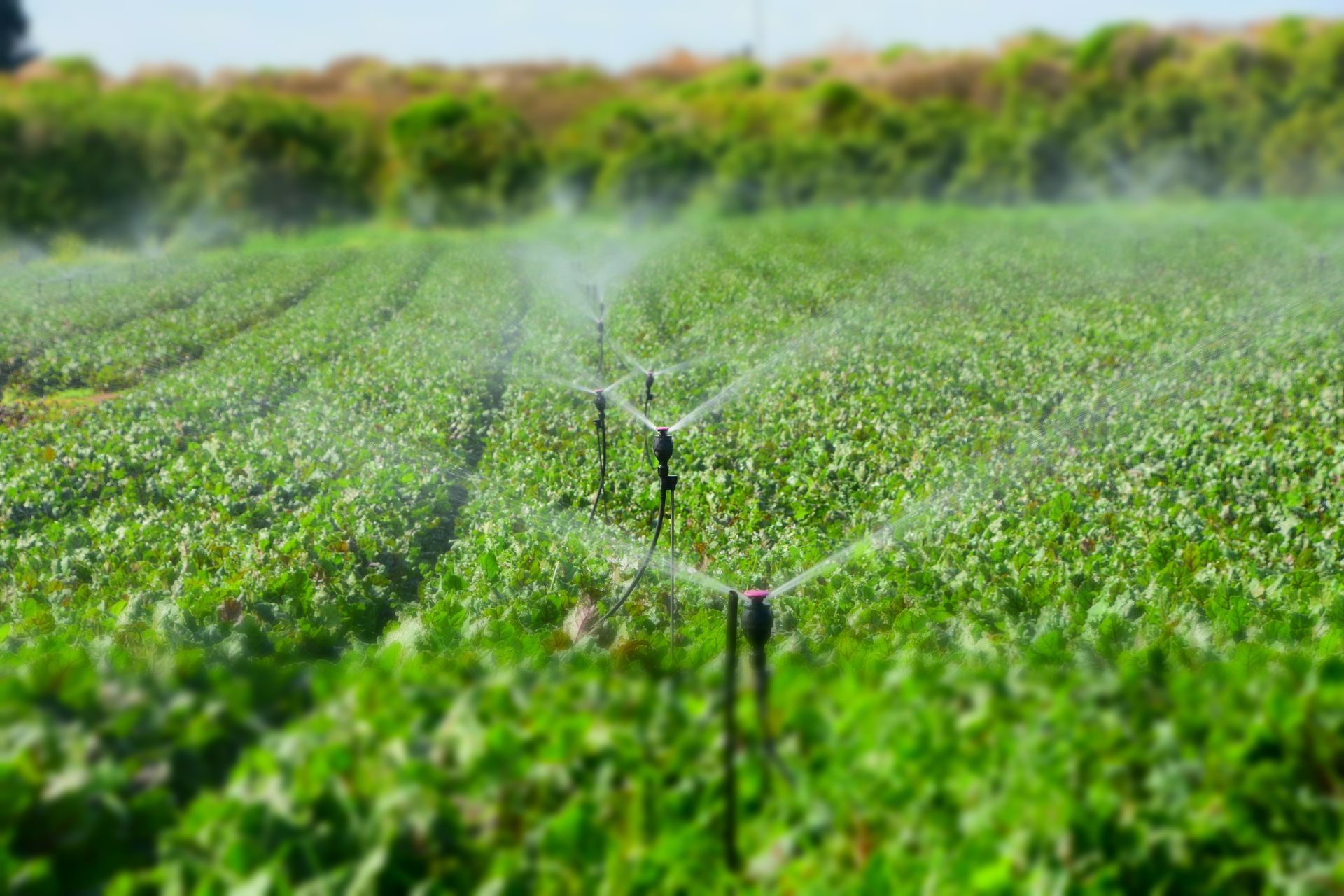
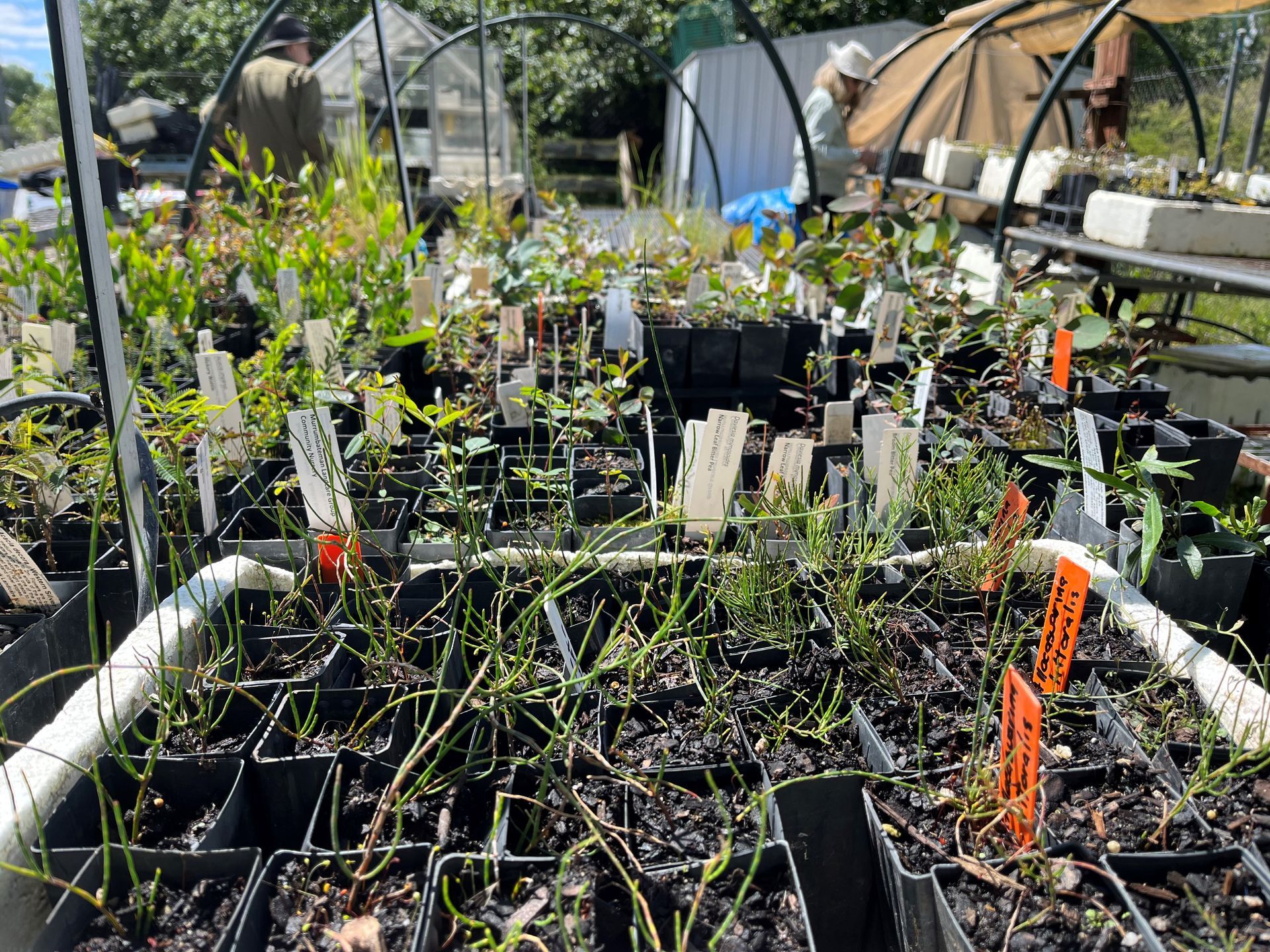
A selection of The Australian Farmer Sponsors - Click on a banner below to find out more...

